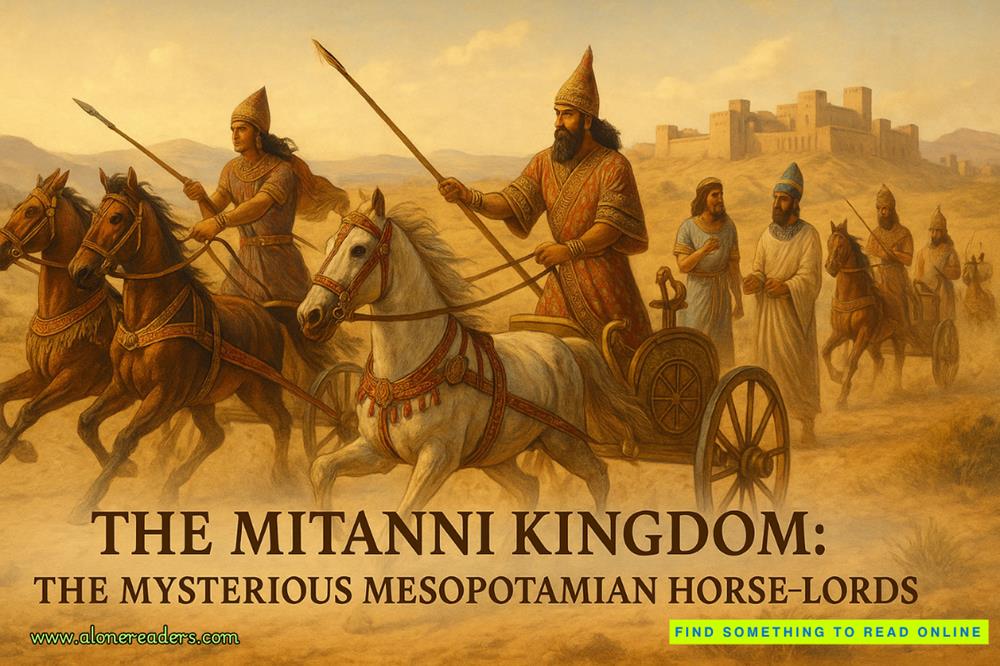Page 3 of Starlight, Starbright
“I don't think Zephyrians do holidays.” I turn back to the ladder. “They're big on logic and efficiency. Christmas is neither.”
Perrin laughs. “Then we'll have to show him what he's missing. That's what this season is about—bringing light to people who've forgotten how to see it.”
I climb the ladder again, reaching for the next hook. I focus on the garland, the smell of artificial pine, and the sound of children laughing as they run past chasing glittering ribbons of tinsel.
Ten thousand people on this ship. The colonists depending on systems I maintain. And somewhere, buried in the data and the power fluctuations and the too-precise patterns, there's a threat I haven't fully uncovered yet.
I hook the last section of garland and step back to admire the effect. The lights aren't even plugged in yet, but already the corridor looks different. Warmer, somehow. More like a home than a vessel.
Perrin pats my shoulder as I descend. “Thanks for the help, Chief. We'll get those main lights installed tomorrow.”
“The Starbright grid?” I ask, referring to the jury-rigged secondary lighting system that civilians cobbled together usingrepurposed data conduits. It's technically against regulations, but it's also brilliant—a testament to human adaptability and the kind of creative problem-solving that drives engineers like me crazy and fills me with pride at the same time.
“That's the one. We'll have the whole ship lit up by December.”
I gather my tools, shouldering my bag. “Just make sure you're not overloading any circuits. I don't need another systems failure to track.”
“Always so serious.” But he's smiling. “See you tomorrow, Chief.”
I wave and head for the lift, my shoulders aching from the ladder work, my mind already returning to the problem waiting for me in Engineering. Days until the next test. Not many.
The lift doors close. Through the closing gap, I can see the garland we hung, the lights waiting to be installed, the promise of brightness in the cold dark of space.
It's enough to keep me going. It has to be.
ZORIC
Chief Martin’s data has occupied my thoughts since her briefing concluded. I sit at my command station, long after the bridge crew has rotated to gamma shift, analyzing the patterns she identified. The precision is undeniable. The implications, deeply concerning. My own initial review missed the subtlety of the pattern, focusing on individual incidents rather than the elegant, terrifying repetition she uncovered. Her mind sees systems in ways mine does not.
The bridge doors open. It’s her.
Unacceptable.
She moves directly to my station, her gait revealing exhaustion—a shortened stride, micro-corrections to maintain balance suggesting insufficient rest. The tablet in her hands displays scrolling data streams. Her jumpsuit bears fresh oil stains on the left sleeve and right knee. She's been working in the conduits again, despite my orders to delegate physical labor to her team.
“Captain.” Her voice carries that edge I'm learning to identify as frustration poorly contained. “I need to show you something.”
I gesture to the auxiliary display screen. “Proceed.”
She pulls up her analysis, and I'm immediately struck by the sophistication of her predictive model. The fluctuations aren't just regular—the recovery time is decreasing by point-zero-two percent each cycle.
“The pattern's tightening,” she says, pointing to the convergence curves. “Whoever's testing the system is refining their technique. In three weeks, maybe four, they'll have enough data to execute whatever they're planning.”
Her intensity elevates when discussing her systems. Her speech patterns become more rapid and clipped. It's the same response I observe in Zephyrian engineers when they encounter elegantly complex problems, but she directs it outward rather than containing it internally.
“Your analysis is thorough.” I study the projections, running my own calculations. Her timeline aligns almost perfectly with my own. “You've identified variables I hadn't considered.”
She blinks. Once. Twice. Her pupils dilate—a surprise response. “You believe me?”
“I believe your data.” I pull up my own analysis on a secondary screen. “The evidence supports your conclusions. The question remains: who possesses both the access and expertise to execute this level of system manipulation?”
Her pattern analysis is brilliant. I've been cross-referencing it with security access logs and identifying who has both the capability and opportunity to execute these manipulations.
“The access logs show a pattern, but it's complicated,” I say. “Three authorization codes appear during each fluctuation. Two from Engineering—Walsh Burton and Diana Moss. One from Security—Tobias Hale. All three have legitimate reasons to access these systems. All three were present during every incident.”
“That's the problem.” She leans against the railing, and I notice the dark circles beneath her eyes. She's been working wellpast safe operational limits without rest, based on the capillary patterns in her sclera. “It has to be someone in Engineering. Someone who knows these systems intimately.”
“Or Security.”















